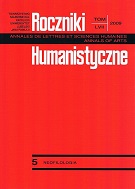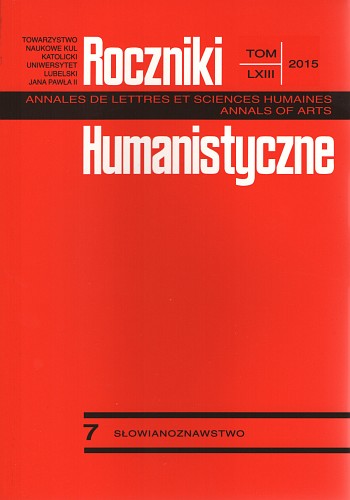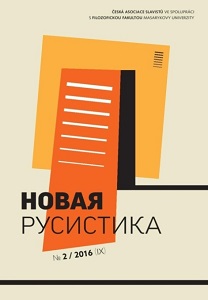Author(s): Monica Huţanu / Language(s): Romanian
Issue: 54/2016
The traditional approach, present in most textbooks of Romanian as a foreign language, sees grammar as a set of rules to be memorised, practised mechanically and applied when needed. More often that not, this approach proves ineffective, the result being that learners may remember the rules, but they are not able to use the grammatical structure correctly and spontaneously in communication. In order to overcome the distance between declarative and procedural knowledge, teaching will have to use the principles, techniques and tasks of the communicative method. This paper deals with my experience of teaching grammar in a communicative framework, in particular the imperfect tense, to upper-intermediate Serbian students of Romanian language. While for speakers of Romance languages, the imperfect tense might prove only moderately difficult, for speakers of Serbian (and other Slavic languages), it poses a considerable challenge, resulting both from structural characteristics of L1 Serbian (which uses the grammatical category of verbal aspect instead of different tenses of the past), and from the variety of the contextual values of the imperfect in L2 Romanian. Therefore, I discuss the teaching of the imperfect tense by focusing on Diane Larsen-Freeman’s three-dimensional framework of form, meaning and use of any grammatical unit. I provide examples of types and features of input (materials, texts), and discuss a number of tasks that facilitate the intake and acquisition of the imperfect tense, thus ensuring its accurate, meaningful and appropriate use by the Serbian students.
More...










